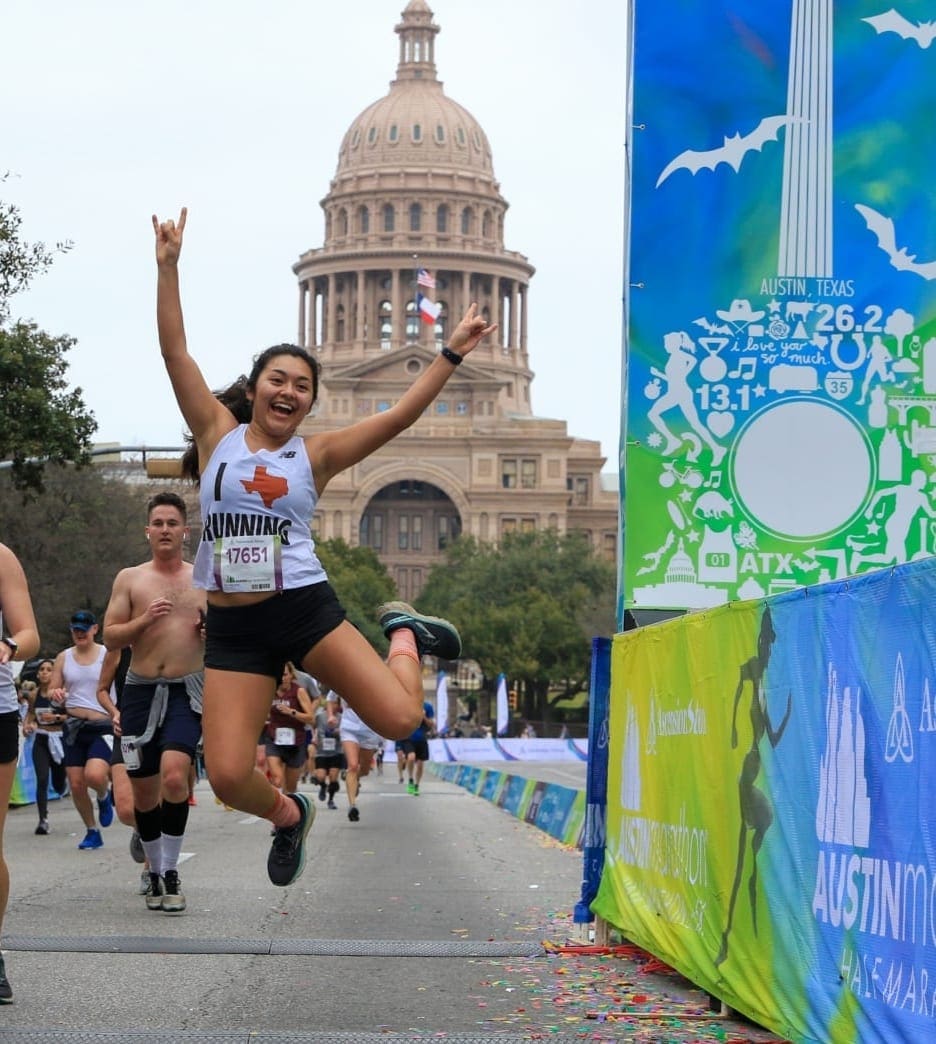Austin Marathon Joins AbbottWMM Wanda Age Group World Rankings
2021 Austin Marathon participants can earn Age Group World Rankings points
The 30th annual Ascension Seton Austin Marathon has been selected as one of the qualifying marathons for the Abbott World Marathon Majors Wanda Age Group World Rankings. The qualifying period of the 3rd edition of the rankings begins Oct. 12, 2020. The Austin Marathon will take place in Austin, Texas, on Feb. 14, 2021.
Compete against runners from around the world
The spread of the AbbottWMM Wanda Age Group Qualifying Events creates a truly global series throughout the year. This gives runners across the world the chance to be part of a new era of age group marathon running. The 3rd edition features a 14-month cycle for participants to earn up to two qualifying times and a place at the AbbottWMM Wanda Age Group World Championships in 2022.
“The interest and excitement around the series continues to build, and as the second edition is in full swing, we are busy working to expand into new locations for the third year, said Tim Hadzima, Executive Director of Abbott World Marathon Majors said. “With the increase in world ranking races, we hope to give even more runners the chance to find a qualifying event within reach and realize their dream of trying to make it to the world championships. Thank you to all our partners and race organizers who help us develop the opportunities for age group runners across the globe.”

Credit – Scott Flathouse
World ranking’s details and information
- Qualifying period runs from Oct. 12, 2020 – Dec. 31, 2021
- The World Championships will take place in the spring/summer of 2022
- The venue and details will be announced by mid-2021
- Participants in an AbbottWMM Wanda Age Group World Ranking qualifying race will earn points according to their:
- age
- time
- gender
- age groups (men and women): 40-44, 45-49, 50-54, 55-59, 60-64, 65-69, 70-74, 75-79, 80+
- Due to the extended length of the 3rd edition of the world rankings to take us through to the end of 2021, some marathons will have their 2020 and their 2021 events included in the same qualifying period
- Where a race is featured twice in the one ranking period, runners can score points in both editions and use them as their two point-scoring races
- Visit the AbbottWMM website for more information on the scoring system and world rankings visit
Completing the 30th annual Austin Marathon will be a huge accomplishment! Make it an even bigger feat when you compete against runners from around the world. Participate in the AbbottWMM Wanda Age Group World Rankings and let the training begin!

 If your training plan calls for a rest day, TAKE THE REST DAY. This allows your body the chance to recover from the previous run or workout. If you get the itch to do something, make it active recovery. Foam roll throughout the day. Set aside time for deep stretching. Take an online yoga class. Those three options will speed up the recovery process and get you ready to
If your training plan calls for a rest day, TAKE THE REST DAY. This allows your body the chance to recover from the previous run or workout. If you get the itch to do something, make it active recovery. Foam roll throughout the day. Set aside time for deep stretching. Take an online yoga class. Those three options will speed up the recovery process and get you ready to  Combine anaerobic and aerobic during your next workout and take your fitness to the next level. This type of workout is different from strength circuit training and requires less time. Strength circuit training is completing a number of different exercises one after the other in quick succession. These types of workouts are good for general health and muscle strength. However, most distance runners aren’t looking to gain muscle mass. They want to gain strength, make running longer distances easier, and improve race performance.
Combine anaerobic and aerobic during your next workout and take your fitness to the next level. This type of workout is different from strength circuit training and requires less time. Strength circuit training is completing a number of different exercises one after the other in quick succession. These types of workouts are good for general health and muscle strength. However, most distance runners aren’t looking to gain muscle mass. They want to gain strength, make running longer distances easier, and improve race performance. 

